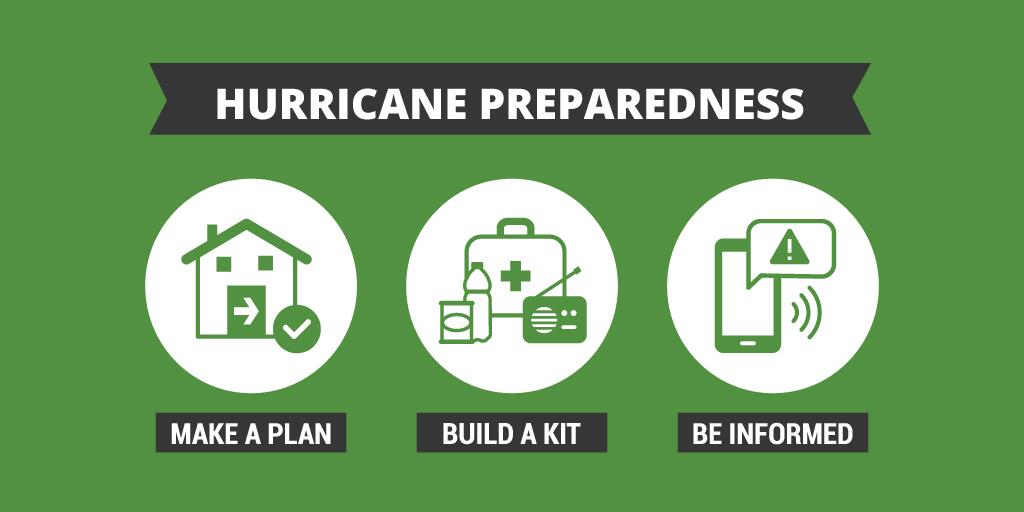Top 10 Tips for Hurricane Preparedness for Child Care Providers
Hurricane & Storm Preparedness for Child Care Businesses

1. Create an emergency preparedness plan ahead of time. Don’t wait until it is too late. Emergencies are not just limited to hurricanes, so being prepared for ALL emergencies like earthquakes, floods or fires is a good idea. Create a meet-up point for situations where communication is eliminated. In the event you need to evacuate, parents need to know where they can pick up their children. You can use this template to help you get started or fill in any gaps in your existing plan. It is a good idea to have this in a digital format or hard copy binder that you can take with you in the event you are unable to return to your facility. This will ensure that you have the needed information to contact all families and community resources before, after and during an emergency.
2. Communicate to staff and families early. Make sure your families have a copy of your emergency
preparedness plan and understand your emergency response plan. Include how you will communicate with staff and families in the event cell/internet service is interrupted. Make sure to disseminate this
information before a potential disaster strikes. Using your business Facebook page or Facebook Messenger is another way to contact families if cell service is lost.
3. Conduct a Business Impact Analysis (BIA). A BIA helps you predict the potential effect a disaster could have on your business, including lost or delayed income, increased expenses due to repair work and delayed implementation of business plans. Completing a BIA may help you create and refine your emergency response, communications and business continuity plans. Use this template to help you get started.
4. Review your insurance policy and contact your insurance company with any questions. Does your policy cover flooding or wind damage? Most policies don’t, so it is a good idea to talk to your agent about adding these on.
5. Take pictures and video of your facility from top to bottom. Include all items that may not be in plain sight. The goal is to document all assets that you have which may become helpful for insurance recovery purposes.
6. Consult expert resources. Know how to reach your local emergency management center for disaster response and emergency services. Business owners can get free storm preparedness information from Ready.gov and the American Red Cross. For example, the Red Cross’ Ready Rating program offers free online disaster preparedness planning. You can also visit FloridaDisaster.org to sign up for emergency alerts, explore maps and find resources for creating a business preparedness plan.
7. Protect your data. Place all on-site paper records in a waterproof container or consider moving all records to a digital format. A cloud-based server is even better.
8. Consider investing in a generator tied to the building. Unlike a portable generator, a whole-house
generator is permanently wired into the building and turns on automatically when the power goes out and may last for a longer period.
9. Think about creating a child-finder book, binder or name tags. In the event children may be separated from their caregiver during an emergency, this will allow first responders to quickly identify children.
10. Protect your property with shutters, plywood and sandbags and remove any branches or trees adjacent to the building. Roll up area rugs, move furniture, curriculum materials and supplies toward the center of rooms/buildings to help minimize flood damage. In the event the topography becomes unrecognizable after the storm, paint your business name and address on a piece of plywood covering your facility. This will help staff, families, first responders and others find your facility in the event all street signs and landmarks have been knocked down.
